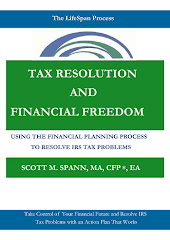Do you have a written plan in place to guide your investment decisions? If not, how do you know if your investment plan is on track to meet your financial life planning goals?
An excellent way to make sure that you follow an investment plan and have a measurement stick in place to track your progress is the setup an investment policy statement. A solid investment plan requires proper direction and guidelines that will help any investor stay on track regardless of the situation. Plans will frequently change or be altered over time, but if you have a plan in place from the beginning you can always figure out whether or not you are on track to meet your financial goals. That is why you need to put your investment plan in writing and create an investment policy statement to guide your investment decisions. An investment policy statement is a written document that defines how an investment portfolio should be managed.
An investment policy statement typically answers the following questions:
* How much do you intend to invest each month?
* How many years will you be investing?
* What is the expected rate of return for the portfolio?
* What is your target asset allocation mix?
* What are your allowable assets?
* Which no-load index mutual funds or ETFs fit into those asset categories?
* What are the benchmarks for the portfolio (DJIA, S&P 500, FTSE, etc.)?
* How often will you review your investment plan?
* When will you rebalance your portfolio?
An investment policy statement is critical whether you are working with a trusted advisor or using a do it yourself approach to investing. Next time you review your investment performance take a few moments to review your investment policy statement. If you do not have a written set of guidelines for current and future investments you should go ahead and put your game plan in writing.
Friday, October 9, 2009
Creating an Investment Policy Statement
Labels: tax resolution, financial plan, tax debt
asset allocation,
financial plan,
investment policy statement,
investments
Subscribe to:
Post Comments (Atom)





No comments:
Post a Comment